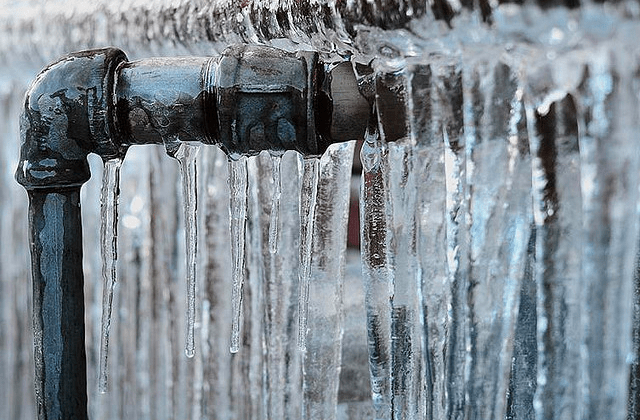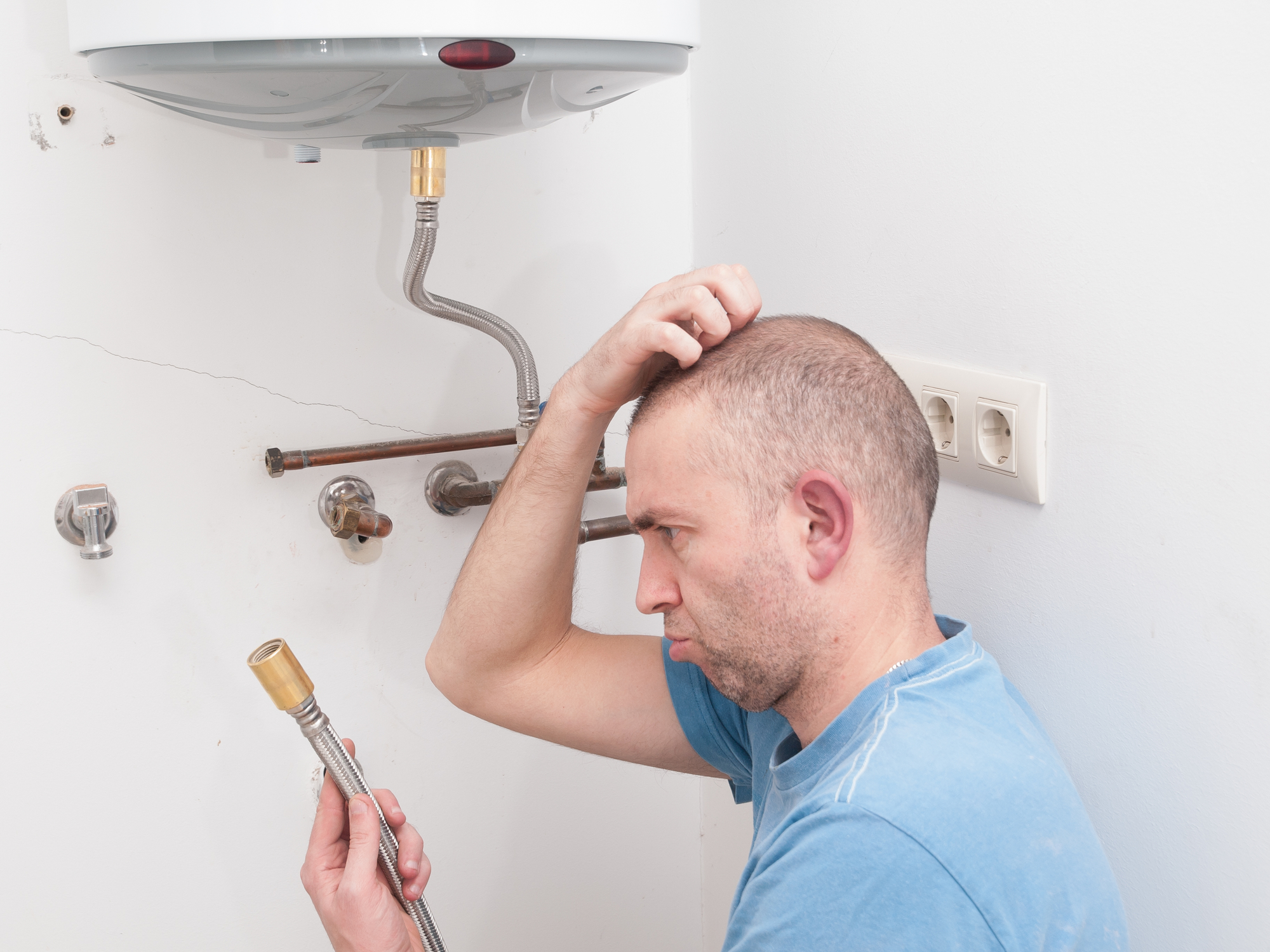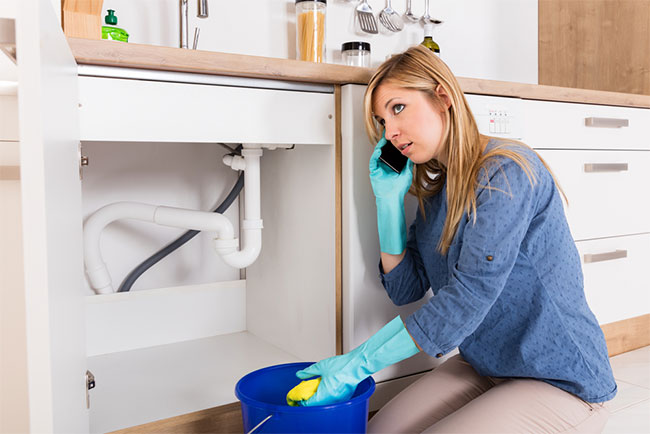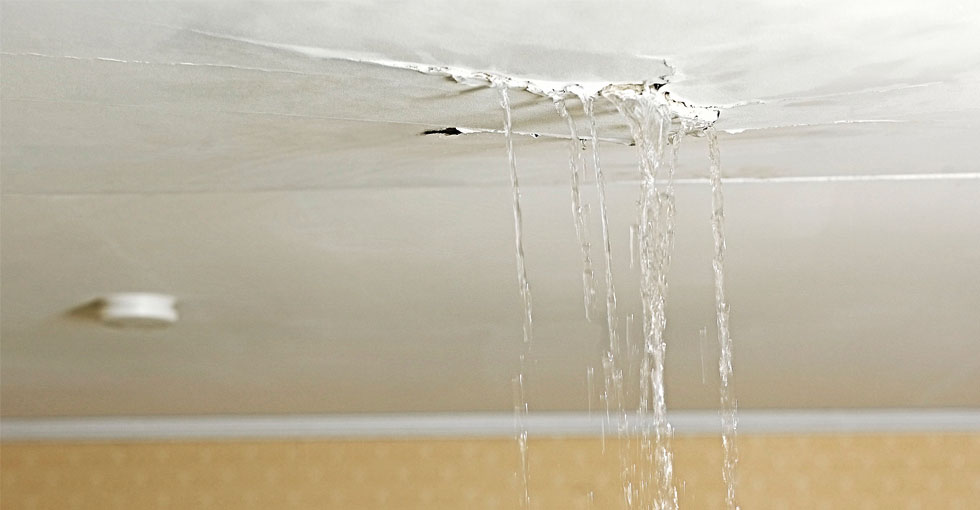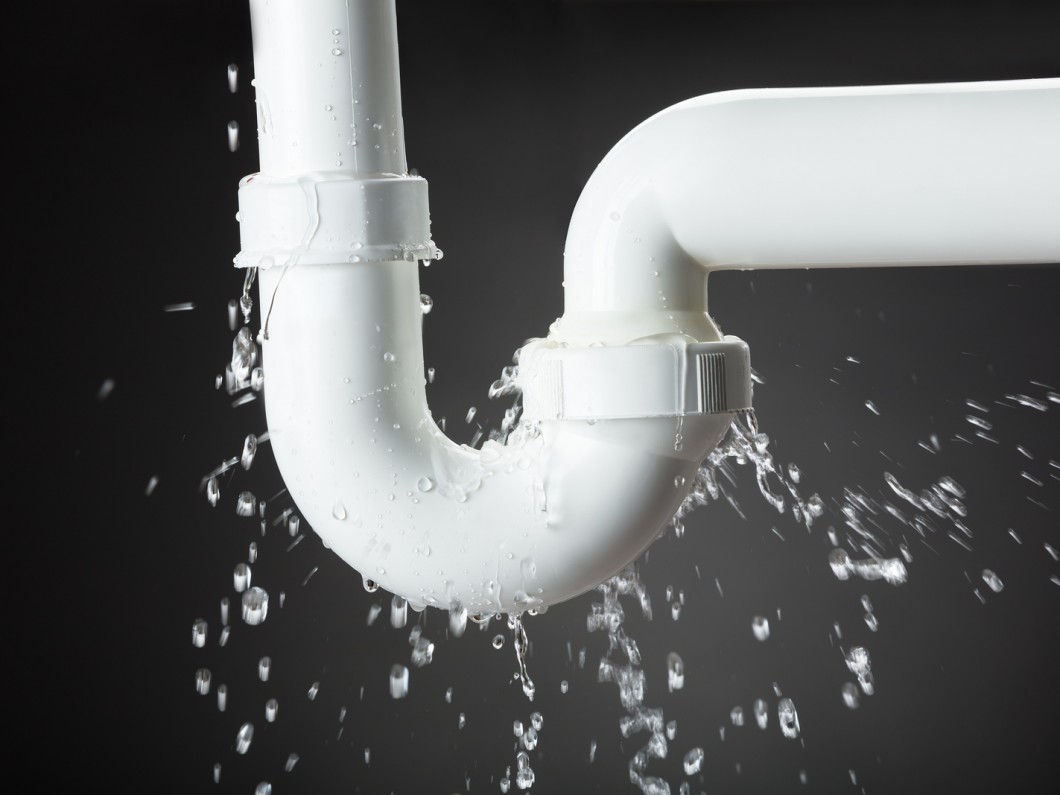Everyone knows that water expands when it freezes. Of course, if the freezing occurs in your home’s freezer, this is not a problem, but it’s disastrous if ice forms inside your plumbing system. Sadly, when temperatures drop below freezing point your pipes have high chances of cracking and eventually bursting.
That’s why it’s vital to prepare your pipes for winter conditions. If you don’t take preventive measures earlier, you’re likely going to deal with cracked and burst pipes in your home when winter sets in.
Besides, getting your pipes ready for winter will save you time and money that you’d otherwise pay for costly repairs and replacements. Are your pipes ready for winter? Here are eight professional tips to get your pipes ready for winter.
How to ready your pipes for winter
Insulate your pipes
A majority of pipes in your home are defenseless against freezing temperatures during winter. Exposed pipes inside and outside your home suffer a lot when temperatures drop below freezing. Without urgent intervention, your pipes risk bursting or getting damaged because of freezing conditions. But do you know that you can prevent all these problems by getting your pipes ready for winter?
To protect your pipes from damage during winter, cover your pipes with layers of insulation material, and don’t forget to include a heating cable inside your pipes for the best results. Heating cables come with a thermostat that’s used for sensing pipe temperature and can turn on and off automatically to prevent freezing in your pipes. And the good thing is heating cables are inexpensive, so setting them up won’t cost you an arm and a leg.
Of course, If you reside in colder countries, your pipes may already come with extra insulation, unlike if you live in warmer countries. It’s still important to let a plumbing professional inspect your plumbing regardless of where you live before winter arrives.
Close off outdoor faucets
Letting all the water run out from the outdoor faucet is essential. Here are the steps you need to take to keep your pipes from freezing. Unlock your outdoor faucets and let the water run out completely before turning them off. To be precise, ensure the faucets turn off at the shutoff valve to allow the bleeder cap to drain.
In addition, if you plan to get out, ensure the main water supply is shut off until you return, otherwise running water could freeze your pipes. Also, try to keep your home’s indoor temperatures at 32°F or more to protect your pipes from freezing. If you forget to shut off your faucets, your pipes have a high chance of freezing, cracking, and eventually bursting.
Allow warm air to flow into your kitchen cabinets
Freezing temperatures during winter are a threat to your home’s piping network. You can protect your pipes from freezing by targeting all your cabinets in the kitchen and bathroom. By opening cabinet doors in your bathroom and kitchen, you allow cold air to flow out and warm air to flow in.
To get better results, keep your cabinets open for prolonged periods, as this will enhance the chances of your pipes staying intact. For efficiency, consider adding a portable heater or fan pointed to your cabinets to improve warm air circulation.
Keep your furnace or HVAC unit in good condition
Freezing temperatures can cause your pipes to crack or break in no time. As a result, having a furnace or HVAC unit functioning is critical during winter. You need a heating system to warm your piping system so that it doesn’t freeze. That’s why it’s essential to ensure you fix your heating system before winter arrives. Emergency plumbers in Regina recommends that you have your heating system double-checked for efficiency before winter. The last thing you want is to enter winter with an inefficient and clunky heating system.
Let water drip through your faucet frequently
The act of letting water drip through your faucet can save your pipes from freezing. A slow drip reduces pressure and prevents your hose from cracking due to the cold. It’s much better to pay higher water bills until winter is over than to foot the cost of your entire pipe replacement.
You should let the water run through your faucets, but make sure far it’s away from your home’s main entry point. This helps keep water dripping slowly throughout your piping system. But it’s important to note that dripping water won’t prevent your pipes from freezing. It will only keep frozen pipes from bursting when water expands due to freezing. In a nutshell, dripping water prevents the pipes from accumulating freezing water.
Avoid fixing a frozen pipe on your own
Let plumbing professionals fix your frozen pipes for the sake of your safety. Frozen burst pipes are a hazard that can cause flooding or electrocution. As such, you shouldn’t attempt DIY repair when it comes to frozen pipes. However, taking preventative steps such as shutting off the main water supply or leaving your faucet open so that water drains out as much as possible is recommended.
You can always talk to your local plumber before you attempt to fix plumbing problems in your home. You may be unable to solve frozen pipes problems because of a lack of necessary skills, know-how, and equipment. Only let a professional plumber with experience handle your frozen pipes
Seal cracks on your walls
Do walk around inside your home to identify cracks that may be slipping air. Cold air can cause your pipes to freeze. Use caulking to seal the gaps and protect your pipes from damage as a result of cold temperatures. If the cracks are too big, you may consider hiring the services of an emergency plumber in Regina instead of fixing them on your own. Protecting your pipes from damage during winter is possible and does not require strenuous work. If you follow the tips above, there’s no reason why your pipes can’t remain intact throughout winter. Depend on emergency plumbing in Regina to help prepare your pipes for winter. Contact us to schedule a consultation with one of our plumbing experts today.

